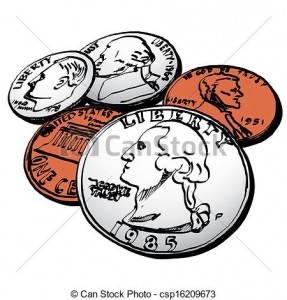Now that winter weather has made an appearance, out come the heavy coats, boots, hats and gloves!
Here are some guidelines to help manage winter outerwear.
- Coats – Make sure that your child has a warm coat every day. They go out every day for recess unless it’s below 20*
- Check that zippers work and that kids can do them on their own.
- Label it with their name – usually on the tag works well.
- If it is a jacket system (2 jacket parts that can be separated), help them know how it works.
- Teach your child how to get the sleeves turned the correct way.
- Boots- Winter boots should be insulated and waterproof for kids to play in the snow.
- Bring shoes to change into. We want to keep wet boots in the hallway so our carpet stays dry in the classroom
- Fashion boots are NOT the same as winter boots.
- Wearing winter boots all day is uncomfortable. They are bulky and hot. It would be like wearing your winter coat inside.
- No winter boots or shoes to change = No snow at recess.
- Label both boots and shoes with your name.
- Hats – If your coat has a hood, hats can be optional.
- Label it with your name.
- Encourage your child to put it inside the sleeve of their jacket when they take it off their head.
- Never share hats!
- Gloves/Mittens – Your child needs a pair every day. Hands get cold very fast at low temperatures because they have very little body fat.
- Label them.
- Encourage your child to put their gloves inside their hat, then their hat inside the sleeve of their jacket. This will help them keep track of their gloves and hat, AND keep you from having to buy replacements.
- Shoes – Students need dry shoes to wear every day, especially if they bring boots.
- Label them!
- Make sure they can tie them quickly and securely. We still have students that cannot tie their own shoes the first time they try.
- Check the fit. Kids grow rapidly. There should be a thumb’s width of space at the toe. Less than that=too small. More than that=too big. Both will cause problems with walking and foot development.
- Check that they are not broken or worn out.
Please have your child practice getting all of their winter outerwear on BY THEMSELVES. We do not have a lot of time to allot for putting on and taking off of jackets and such. Please help them become independent and efficient! (It’ll make your life easier, too!)
Now… Who wants to build a snowman?
